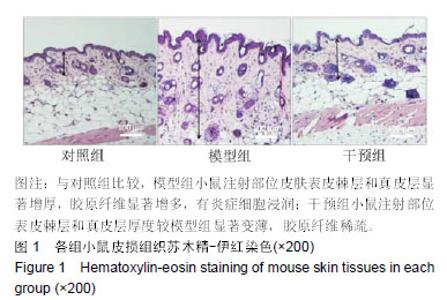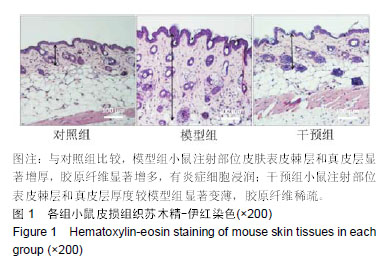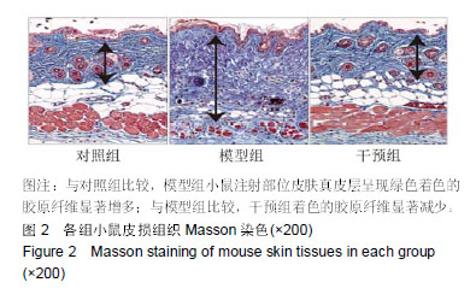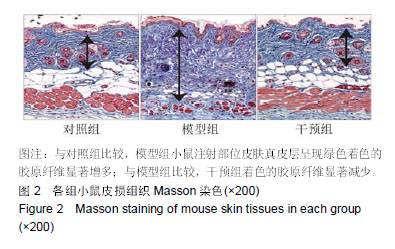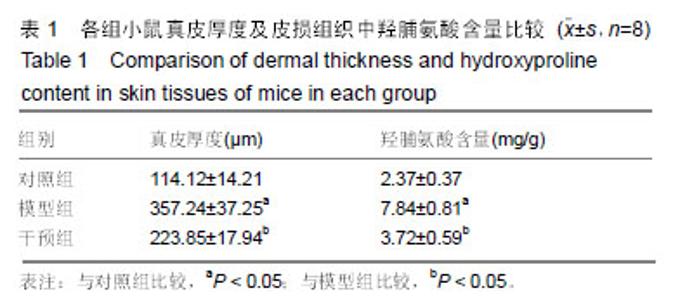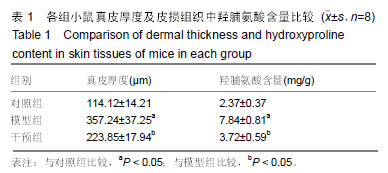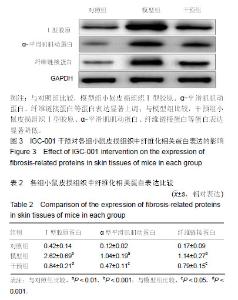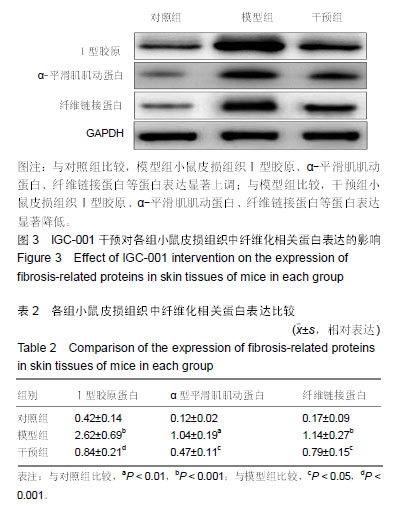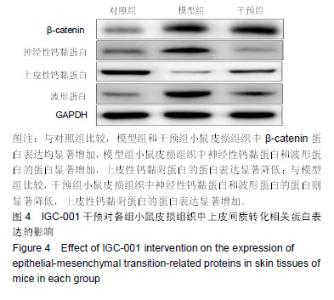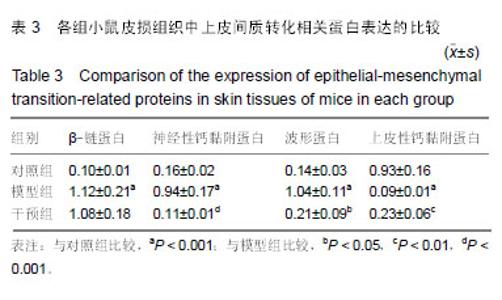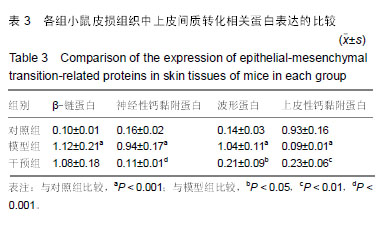| [1]Li SC. Scleroderma in children and adolescents: localized scleroderma and systemic sclerosis. Pediatr Clin North Am. 2018;65(4):757-781.[2]Bazan IS,Mensah KA,Rudkovskaia AA,et al. Pulmonary arterial hypertension in the setting of scleroderma is different than in the setting of lupus: A review. Respir Med.2018;134: 42-46.[3]贺欢,孙丹,闫小宁.中医治疗硬皮病研究进展[J]. 亚太传统医药, 2017,13(20):63-65.[4]Mo C,Zeng Z,Deng Q,et al. Imbalance between T helper 17 and regulatory T cell subsets plays a significant role in the pathogenesis of systemic sclerosis. Biomed Pharmacother. 2018;108:177-183.[5]Vehe RK,Riskalla MM. Collagen vascular diseases: SLE, dermatomyositis, scleroderma, and MCTD. Pediatr Rev.2018; 39(10):501-515.[6]Cantatore FP,Maruotti N,Corrado A,et al. Angiogenesis dysregulation in the pathogenesis of systemic sclerosis. Biomed Res Int,2017,2017:5345673.[7]Manetti M,Romano E,Rosa I,et al. Endothelial-to- mesenchymal transition contributes to endothelial dysfunction and dermal fibrosis in systemic sclerosis . Ann Rheum Dis. 2017;76(5):924-934.[8]Piera-Velazquez S,Mendoza FA,Jimenez SA.Endothelial to mesenchymal transition (EndoMT) in the pathogenesis of human fibrotic diseases. J Clin Med.2016;5(4):45-67.[9]Nakamura M,Tokura Y. Expression of SNAI1 and TWIST1 in the eccrine glands of patients with systemic sclerosis: possible involvement of epithelial- mesenchymal transition in the pathogenesis. Br J Dermatol.2011;164(1):204-205.[10]徐文华,许春姣,周美璐,等. 上皮间质转化相关蛋白在口腔黏膜下纤维化及其癌变组织中的表达[J].临床口腔医学杂志, 2016, 32(4):203-207.[11]Yu K,Li Q,Shi G,et al.Involvement of epithelial-mesenchymal transition in liver fibrosis.Saudi J Gastroenterol. 2018;24(1): 5-11.[12]刘金娟,刘彤. Wnt2、Wnt3a和β-catenin在硬皮病患者皮损中的作用[J]. 南方医科大学学报,2012,32(12):1781-1786.[13]白炜,王婷,徐东,等. 白藜芦醇对博来霉素诱导的硬皮病小鼠肺及皮肤病变的作用[J]. 中华风湿病学杂志,19(11):724-729.[14]黄健,刘畅,陈松,等. Wnt/β-catenin信号通路在肾缺血再灌注大鼠中的表达及ICG-001阻断对慢性肾间质纤维化的作用[J].实用医学杂志,2018,34(7):1085-1088.[15]Klaus A,Birchmeier W. Wnt signaling and its impact on development and cancer. Nature Reviews Cancer. 2008,8(5): 387-398.[16]Garcia A L,Udeh A,Kalahasty K,et al. A growing field: The regulation of axonal regeneration by Wnt signaling. Neural Regen Res.2018,13(1):43-52.[17]Burgy O,Königshoff M. The WNT signaling pathways in wound healing and fibrosis. Matrix Biol.2018;69:67-80.[18]黄晶,孙兆瑞,杨志洲,等. 调控Wnt信号通路对百草枯中毒大鼠肺纤维化的影响[J]. 医学研究生学报,2017,30(3):228-232.[19]Huang GR,Wei SJ,Huang YQ,et al. Mechanism of combined use of vitamin D and puerarin in anti-hepatic fibrosis by regulating the Wnt/beta- catenin signalling pathway. World J Gastroenterol.2018;24(36):4178-4185.[20]Wei J,Melichian D,Komura K,et al. Canonical Wnt signaling induces skin fibrosis and subcutaneous lipoatrophy: a novel mouse model for scleroderma?. Arthritis Rheum.2011;63(6): 1707-1717.[21]商安全,吉萍,李冬,等. MyD88基因缺失型与野生型小鼠在博莱霉素诱导肺纤维化过程中的病理学比较[J].临床与实验病理学杂志,2018,34(8):871-874.[22]李清兰,杨拉维,刘刚. PM2.5对博莱霉素诱导小鼠肺纤维化的影响[J]. 广东医科大学学报,2017,35(3):237-240.[23]Cao H,Wang C,Chen X,et al. Inhibition of Wnt/β-catenin signaling suppresses myofibroblast differentiation of lung resident mesenchymal stem cells and pulmonary fibrosis. Sci Rep.2018;8(1):13644.[24]黄健,刘畅,陈松,等. Wnt/β-catenin信号通路在肾缺血再灌注大鼠中的表达及ICG-001阻断对慢性肾间质纤维化的作用[J]. 实用医学杂志,2018,34(7):1085-1088.[25]郭鱼波,王春晖,裴晓华.乳腺癌细胞上皮间质转化的分子机制及其防治的研究进展[J].中国肿瘤,2018,27(12):933-943.[26]杜晓欣,赵素芬.与肿瘤转移相关的上皮间质转化信号通路研究进展[J].中国癌症防治杂志,2017,9(05):412-414.[27]Chen L,Muñoz-Antonia T,Cress WD1. Trim28 contributes to EMT via regulation of E-cadherin and N-cadherin in lung cancer cell lines. PLoS One.2014;9(7):e101040.[28]Emami KH,Nguyen C,Ma H,et al. A small molecule inhibitor of β-catenin/cyclic AMP response element-binding protein transcription. Proc Natl Acad Sci U S A.2004;101(34): 12682-12687. |
